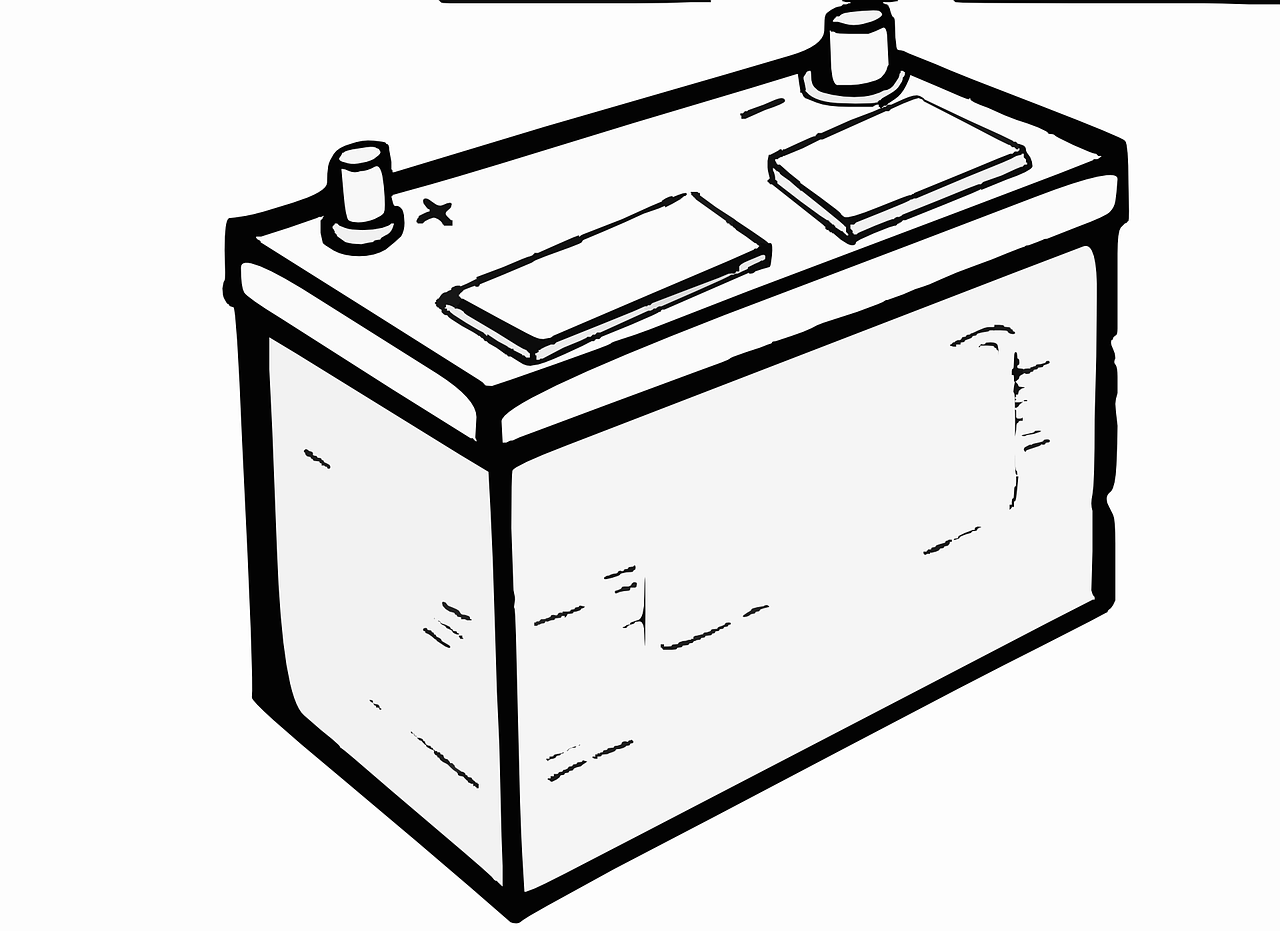In the world of renewable energy and electric vehicles, the demand for better batteries has never been greater. A breakthrough in battery technology, termed “silicate magic,” could transform the energy storage landscape, making batteries not only more efficient but also significantly cheaper.
The research, spearheaded by a team from Worcester Polytechnic Institute (WPI), led by chemical engineering professor Xiaowei Teng, delves into using silicate-based materials as a revolutionary alternative to traditional battery components. These materials, primarily derived from silicon, have been shown to enhance battery performance by improving energy density and lifespan while reducing production costs.
The key advantage of this silicate approach lies in its ability to stabilize the battery’s electrodes, mitigating degradation issues common in lithium-ion batteries. This stabilization increases the number of charge-discharge cycles, which prolongs battery life and improves safety. Furthermore, because silicon is abundant and environmentally benign, silicate-based batteries hold the promise of reducing the overall environmental impact compared to conventional battery technologies, which often rely on scarce and toxic elements such as cobalt.
This new silicate-based technology can be applied to a wide range of batteries, from electric vehicles to grid storage, offering a sustainable solution to the growing energy demands of a world transitioning to greener energy sources. The WPI team’s breakthrough could potentially cut battery costs by 30% or more, making electric vehicles and renewable energy storage more accessible to a global market.
This advancement signals a step forward in the ongoing quest for cleaner, safer, and more affordable energy solutions. As researchers continue to unlock the full potential of silicate materials, the impact on both consumer electronics and industrial applications is expected to be profound, further fueling the push toward a sustainable energy future.

- Editor
- October 24, 2024
- Latest Update: October 24, 2024 8:43 am
- 16
- 1 minute read
- 0
Tags:
- advanced battery chemistry
- anode materials
- automotive battery technology
- battery cost reduction
- battery development
- battery innovation 2024
- battery life improvement
- battery lifecycle
- battery longevity
- battery manufacturing
- battery market trends
- battery performance optimization
- battery recycling
- battery research
- battery safety
- battery technology breakthrough
- cathode materials
- cheaper batteries
- clean energy technology
- eco-friendly batteries
- efficient batteries
- electric mobility
- electric power systems
- electric vehicle batteries
- energy density
- energy efficiency
- energy storage solutions
- energy transition
- environmental impact
- future of energy storage.
- greener batteries
- high-capacity batteries
- high-performance batteries
- industry impact
- innovative battery solutions
- lithium-ion alternatives
- low-cost energy storage
- material science in batteries
- next-generation batteries
- renewable energy storage
- scalable battery solutions
- Silicate magic
- silicate materials
- silicate-based batteries
- silicon in batteries
- sustainable energy



